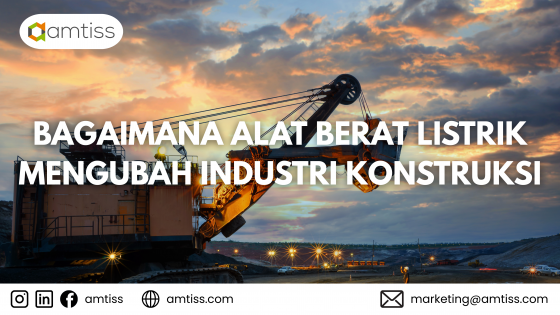In the last 10 years, the mining industry has been on a roller-coaster, with commodity prices reaching both historic highs and lows, as well as operational realities shifting irrevocably in the face of a digital revolution. And companies better fasten their seat belts because those rapid changes are likely to continue and even accelerate this year, as published by Deloitte about Mining Industry Trends and Challengers in 2018.
Here are the summary of the mining industry trends and issues:
- Bringing Digital to Life
Miners need to understand how digital technologies, including autonomous vehicles, drones, 3D printing, wearable technologies, and Internet of Things (IoT) sensors to capture data in real time, may influence the way they do business. Good ability to analyze and manage the data will help them make decision or improvement. - Overcoming Innovation Barriers
Innovations with high start-up costs or that may impact cash flow or license to operate are often dismissed. Furthermore, mining companies are disinclined to collaborate with each other because of concerns about maintaining a competitive advantage and protecting intellectual property. - The Future of Work
Mining companies need to consider how to create new employment opportunities and how to reskill and retrain people to learn technology and tools faster. - The Image of Mining
Mining companies need to take proactive steps to address, and change, the industry’s reputation. - Transforming Stakeholder Relationships
To the communities in which they operate, the company should adapt new approaches to increasing demands for local employment opportunities, improved infrastructure, and greater environmental protection. Improvements in government relations may help ease obstacles to investment, such as high royalty rates, permitting challenges, and uncertain tax rules. - Water Management
Mining companies must find more innovative ways to reduce, reuse, and recycle water in water-scarce regions; contain and treat wastewater to prevent spillage or contamination of downstream water flows; and monitor their water usage and purity, as concerns about water availability grow. - Changing Shareholder Expectations
High commodity prices have traditionally meant overspending. As shareholder expectations grow, mining companies need to re-establishing their credibility in the investor community and with the analyst. - Reserve Replacement Woes
Depleted reserve of gold, silver, copper, and cobalt currently plague the industry. - Realigning Mining Boards
To transition to the mine of the future, mining companies need to ensure that their boards embrace the full power of digitization and innovation to help drive the changes the industry. - Commodities of The Future
To assess which commodities to invest in, and which to divest, miners need to track fluctuating consumer demands, global demographic and economic shifts, the effects of environmental change, and the emergence and adoption of new technologies. An example is a demand for lithium, graphite, cobalt, nickel, and copper resulting from the growth of electric vehicles (EVs) and batteries.
While there is still more that can be done, the expert believes the wheels are in motion and that the industry is moving in the right direction.
Sources: Deloitte




